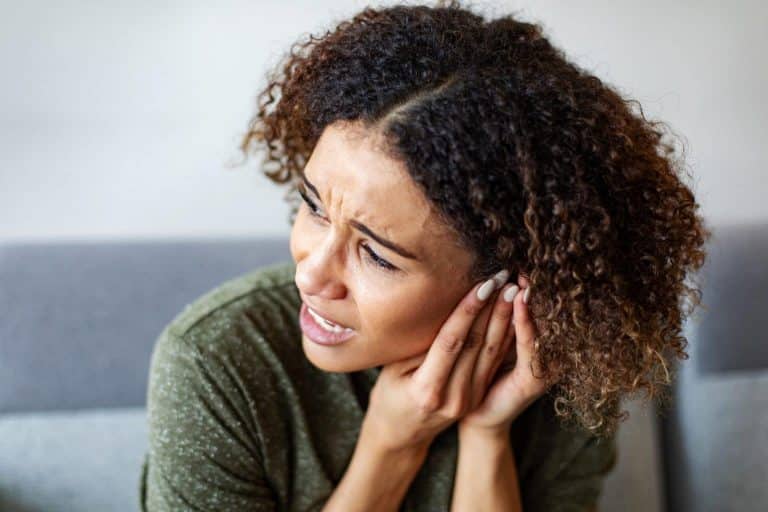The eardrum, known by audiologists as the tympanic membrane, is the thin tissue that divides the outer ear and the middle ear. Its job is to vibrate as soundwaves enter the ear canal; the vibrations are then sent through the bones of the middle ear and then on to the inner ear and the brain.
Because the eardrum plays such an important role in hearing, if it becomes perforated (torn or punctured), your hearing can suffer. Below we review everything you need to know about a perforated eardrum.
Causes of a Ruptured Eardrum

There are many possible causes of a ruptured eardrum, including:
- Infection. If you have a middle ear infection, it means fluid has built up in the middle ear since it cannot drain through the Eustachian tubes due to inflammation. The pressure from the fluid can cause the eardrum to rupture.
- Barotrauma. Rapid pressure changes, such as when taking off or landing from Charleston International Airport, can cause the eardrum to bow inward or outward and can ultimately lead to a rupture. Other activities that can cause barotrauma include scuba diving, driving at high altitudes and direct impact to the ear.
- Acoustic trauma. Exposure to very loud sounds, like the blast from a shotgun, can also cause a perforated eardrum in rare cases.
- Head trauma. If you experience severe head trauma, the eardrum can rupture.
- Foreign objects. Sticking a foreign object too far into the ear, like a cotton swab or hair pin, can cause a rupture. This is most common in children but can happen to adults when improperly cleaning their ears.
Symptoms of a Ruptured Eardrum
Symptoms of a ruptured eardrum include:
- Ear pain
- Drainage from the ear
- Hearing loss
- Tinnitus (ringing in the ears)
- Vertigo (dizziness/spinning sensation)
- Nausea of vomiting
Treatment for a Ruptured Eardrum
You should see an ear expert at Palmetto ENT & Allergy if you suspect you’ve ruptured your eardrum. They may suggest any of the following treatments:
- Home remedies. In the case of a minor rupture, they may take a wait-and-see approach. While waiting to heal, you can manage symptoms by taking over-the-counter pain relievers and applying warm, dry compresses on the ear several times a day. Do not blow your nose or use over-the-counter eardrops during this time.
- Antibiotics. Antibiotics can prevent an infection at the site of the perforation as well as treat any infection that may have led to the rupture.
- Patching. If the eardrum isn’t healing on its own, a doctor may place a patch on the eardrum.
- Surgery. In rare cases, a doctor may need to use surgery to repair the eardrum, which is known as tympanoplasty.
For more information or to schedule an appointment, call Palmetto ENT & Allergy today.
